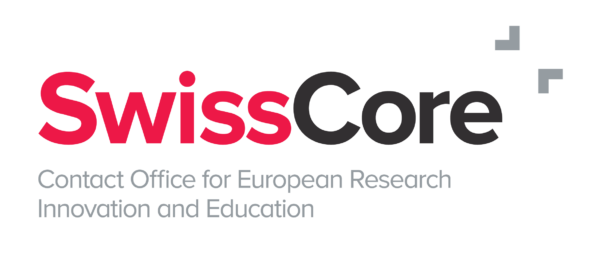The 2023 Education and Training Monitor shows where the EU Member States need to focus efforts in order to be able to achieve the education targets for 2030.
The teaching profession is one of the main topics in the advancement towards the goals of the European Education Area (EEA). Yet, it is plagued by staff shortages and undesirable working conditions. For these reasons, the European Commission (EC) decided to dedicate this year’s annual Education and Training Monitor to the teaching profession. The Monitor further presents an evaluation of the annual progress towards the targets of the EEA.
Most EU countries report teacher shortages, especially in STEM subjects and in disadvantaged regions. Studies also show a gender-imbalance, in particular a lack of male teachers at pre-primary and primary school level. Due to demographic changes, the prospect does not look promising either: the average age of teachers is increasing considerably in the Baltic countries, Greece, Hungary, Italy, Portugal. The Monitor lists a number of measures in different EU Member States (MS) to improve the working conditions and to attract more students to the profession with scholarships. Several MS (Bulgaria, Czech Republic, Estonia, Lithuania, Romania) are significantly increasing the salaries of teachers (between 20% and 70% more), although from low levels. For the first time, the Monitor also comes with an interactive online Teachers’ Dashboard. It includes data on indicators, such as pay, pathways to the profession, and teaching time, for each MS. From the funding side, the EU supports teacher education with its flagship initiative on Erasmus+ Teacher Academies.
The Education and Training Monitor depicts the progress made towards the EU’s main targets for all levels of education. With regards to early childhood education and care (ECEC), the rate of children between the age of 3 and school age that are enrolled in ECEC services is stagnating at 92,5% on average across the EU, and therefore still falling short of the 96% target set for 2030. While some Western European countries have already met this target, Eastern European countries have persistently low participation rates. The report further shows that most EU countries have an ‘ECEC gap’, defined as the gap in childcare between the end of the parental paid leave and the beginning of a guaranteed ECEC provision (e.g. pre-school). The only EU countries where no gap is recorded are Denmark, Estonia, Finland, Germany, Slovenia, and Sweden. ECEC service provision also reports significant staff shortages.
The progress towards the target to reduce the rate of early school leavers to below 9% by 2030 is well on track with current rates at 9,6% and a consistently decreasing trend. However, this topic merits attention to socio-economic backgrounds and to strengthen inclusion measures: Frist-generation migrants from outside the EU, for example, have a drop-out rate of 23,9%, which is three times higher than children born in the EU (8%). For this group of children, the rate of early school leaving is even increasing over the last years.
On the bright side, the 2023 Monitor shows that the EU-targets for vocational education and training (VET) and for higher education (HE) are almost met. In VET, at least 60% of learners should have work-based training as part of their education by 2025. This has been reached in 2022 already with a rate of just 60,1%. As this is an average, however, it masks significant differences between well-established dual VET systems like Germany or the Netherlands with rates of over 90% and less developed systems in Romania or Poland with rates under 10% resp. 20%. The data on the employment rate of recent VET graduates is also positive with a rate of 80% in 2022 for a target of 82% by 2025. In higher education, the EU wants to achieve a higher education graduate rate of 45% by 2030. The current average rate is at 42% with a steady upward trend, indicating that the goal should already be reached by 2025.
In conclusion, the 2023 Monitor shows that the progress towards most of the EU’s targets is on track, but inequity remains a significant challenge that requires special focus on the inclusion of disadvantaged groups and regions.

